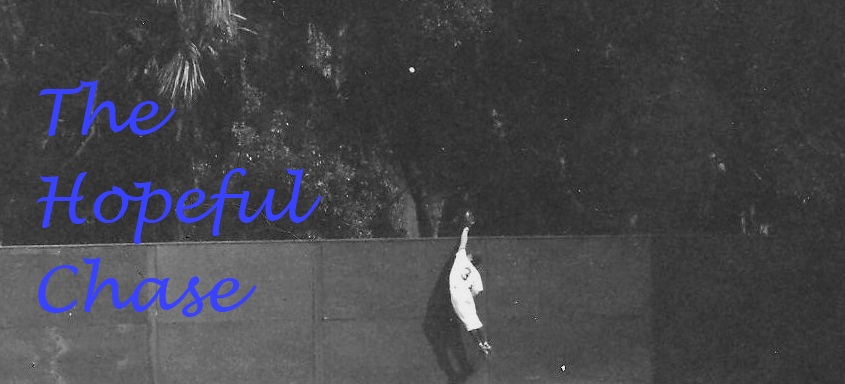It did get me wondering about something though.
Without peeking, how many players on the current NHL roster were developed through the Lightning’s minor league affiliates? Go ahead think about it. I’ll give you a minute.
.
..
…
….
…..
The answer is:
One.

Dana Tyrell.
Granted nhl.com has Dustin Tokarski listed as well, but I’m making an official blog decision to not count him since he’ll be playing in Norfolk to begin the season due to the Mathieu Garon signing that apparently isn’t official yet.
Of the twenty-four names listed on nhl.com’s official team roster only Tyrell was drafted by the Lightning and spent significant time in the minors. I understand that this isn’t baseball, where prospects spend 3-4 seasons developing in the lower leagues before making it to the dance. High end talent like Steven Stamkos and Vincent tend to get playing time right away.
Still, for a small market team, developing those players you draft in the 3rd and 4th rounds has to be a key factor in staying competitive. Mr. Vinik has been extremely generous with his money so far, but its just not financially viable for him to chase big name free agents year after year. The team just doesn’t generate enough revenue to go that route.
This isn’t intended as a slam on the ownership or the fans. It’s just the facts. Some markets generate more money then they know what to do with and others don’t. There is so much going on in the Tampa Bay Area that the team is always going to have to keep the ticket prices at the low end of the league spectrum, and that handicaps their ability to generate a large amount of revenue.
Those are the cards that the organization have been dealt, and to Mr. Vinik and Mr. Yzerman’s credit they have accepted that and are doing an excellent job of building a competitive team based on those financial restraints. That’s why you see them let Sean Bergenheim walk instead of paying him $2.75 a year. Bergenheim did an excellent job for the Bolts last year, but he is, at best, worth about $1 million a year. So they let him go and replace him with Ryan Shannon who put up similar numbers last year and is a fraction of the cost (1/4th to be exact).
For this post’s sake let’s say that Stamkos signs for the rumored amount (5 years $37-ish million). Now continuing down the hypothetical path that I’m creating for my own sake, let’s say Ted Purcell gets about $3 million in arbitration. That would put the Bolts at about $60 million, well under the cap, but probably a little more than Mr. Vinik was looking to spend on payroll.
Now more than ever the Lightning need to be able to fill out their roster with home grown (read cheaper) players. God forbid, should a Big Six forward miss any significant time this season, can they call a player up from Norfolk that will have an impact? It’s easy to call up Blair Jones and have him play 8 minutes a game, but what about someone that can play 15 minutes and actually find the back of the net?

The optimist in me says yes. Looking at their organizational depth, names like Carter Ashton, Mitch Fadden and James “Killer” Wright all pop out. Brett Connoly and Alex Hutchings are probably a year away at best, but still for the first time in forever it seems that the team has prospects waiting in the wings that can actually contribute.
For all of the good Jay Feaster did in putting together the Cup team he didn’t exactly draft well early in his career as a GM. His inability to find impact players in the drafts from 2002-2006 played a big part in the team’s downfall following the Cup year. Once the lockout ended and the team was handcuffed by the cap, they had no one in the organization to replace the depth players they lost. To give him credit, his last two drafts were much better as they involved some of the names I mentioned above.
The teams that succeed year over year (Detroit, Pittsburgh) are the ones that build their base from within and then add the appropriate pieces through free agency. A team can win by buying up free agents (cough, cough Blackhawks), but there is no way to sustain the success. At most you can hope for a two or three year window before the cap catches up with you. I have news for Flyer and Ranger fans; those players that signed the big deals this year will be on the trading block within two years.
In the long run, resigning Stamkos is easy. Sure the final details might be a little complicated, but a deal will get done. What’s harder is finding and developing those players that will skate alongside number 91 and the rest of the big names. If Mr. Yzerman is able to do that, then Lightning fans have a lot of years of success to look forward to.

No comments:
Post a Comment